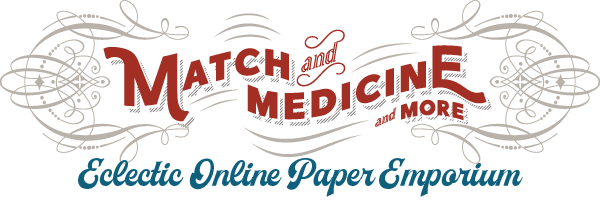Additional information
| Engraver | James Smillie |
|---|---|
| Condition | VF, minor foxing |
| Year | 1864 |
| Paper | india die sunk on card |
| Size | 3" x 2"; overall 9" x 6" |
| Artist | F.O.C. Darley |
$75.00
Born in Philadelphia, Pennsylvania, Felix Octavius Carr Darley began drawing in his youth. He moved to New York City, New York in 1848 and in 1850 he was invited to illustrate Washington Irving’s works ‘The Legend of Sleepy Hollow’ and ‘Rip Van Winkle’. He continued to illustrate works by Washington Irving but added James Fenimore Cooper, Nathaniel Hawthorne, Longfellow, James Whitcomb Riley, and Charles Dickens, to his client list. He also designed bank notes and bonds for the U.S. government. His work helped popularize icons such as the Pilgrim, the Pioneer, the Minuteman and the Yankee Peddler. He became one of the best-known illustrators of his time, so great was the demand for Darley’s work that new books were promoted as illustrated by Darley. The Philadelphia Inquirer noted that Darley “dominated American illustration for nearly a half-century.”
James Smillie was born in Edinburgh, Scotland, on 23 November 1807. James’ father started his own silversmith shop in Quebec and employed James, who set to work developing his engraving skills. He soon moved from engraving names in rings, etc, to more elaborate engravings for visiting cards. He received a number of orders for engraving various scenes.
In 1830 he and his brother James David moved to the United States in search of better job opportunities. James’ career flourished and he became known for his quality engravings, which made the major banknote printing firms sit up and pay attention. In 1861, the National Bank Note Co hired him as Master Engraver. James Smillie retired in 1874 but remained active as an engraver, even doing the odd job for the ABNC. He passed away on 5 December 1885.
The National Bank Note Company was created in 1859 in an act of opposition to the growing monopoly in the engraving and printing industry. Principal members of Danforth, Perkins & Co., which held a 21.8 percent share of the newly formed ABNCo, left when DP&Co and the six other firms comprising ABNCo had a disagreement about the terms of the merger.
While the new National Bank Note Company strove to attain status, its team of engravers was already renowned in the industry: Cyrus Durand (geometric lathe designs on banknotes); Joseph I. Pease (premiere portrait engraver); James Smillie (picture engraver); Joseph Ourdan (portrait engraver); William E. Marshall (portrait engraver); William D. Nichols and George W. Thurber (lettering and intricate designs).
With this foundation of marketable artistic talent, the banking partners solicited business from banks wanting engraved banknotes. National Bank Note received its first order by early 1860. Then in mid-1861 it won the contract to print all U.S. postage stamps, which it held it through 1872. NBNCo also printed many special-use stamps and postage currency for the United States. The company experienced fierce competition from American Bank Note Company during this time and finally capitulated to a consolidation with Continental and American Bank Note Companies in 1879. National Bank Note was drawn into the monopoly that it had struggled to defeat.
| Engraver | James Smillie |
|---|---|
| Condition | VF, minor foxing |
| Year | 1864 |
| Paper | india die sunk on card |
| Size | 3" x 2"; overall 9" x 6" |
| Artist | F.O.C. Darley |
